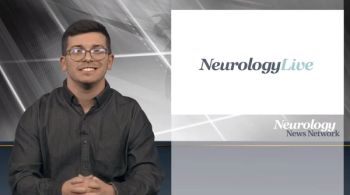
Neurology News Network for the week ending February 8, 2020.

Neurology News Network for the week ending February 8, 2020.

Take 5 minutes to catch up on NeurologyLive's highlights from the week ending February 7, 2020.
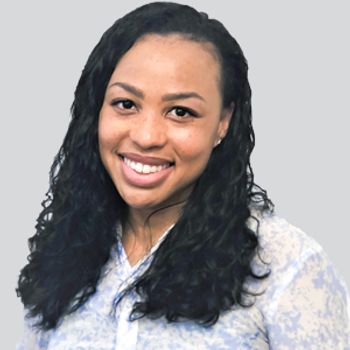
Danielle B. Cross, MD, MS, a neurology resident in training, shares her thoughts on why glorifying exhaustion is unhealthy.
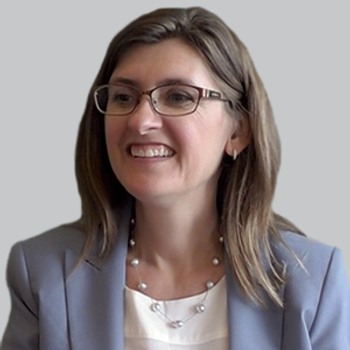
The investigational therapy met its primary end point, showing superiority to placebo in reducing the frequency of drop seizures in patients with Lennox-Gastaut syndrome.

New retrospective data suggest that patients with MS who have comorbid conditions have increased all-cause hospital admission rates, especially early in the disease.
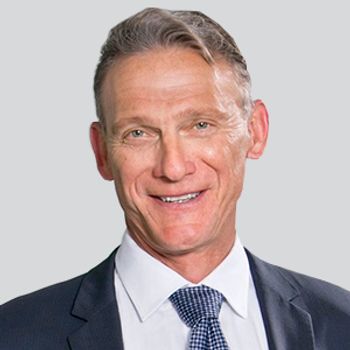
Sanofi observed a dose-response relationship based on reduction of new active gadolinium-enhancing T1-hyperintense lesions after 12 weeks of treatment with SAR442168.
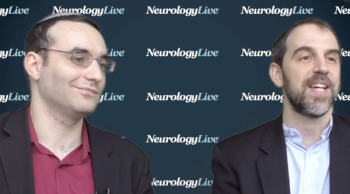
The director of the Pediatric Epilepsy Program and an MD candidate at Weill Cornell Medicine detail the steps needed to take to improve outcomes in status epilepticus.
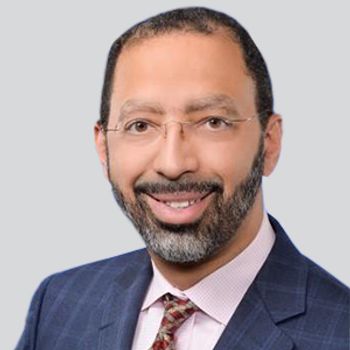
The study is the first placebo-controlled trial to include non-ambulant adults with spinal muscular atrophy type 2 or 3.
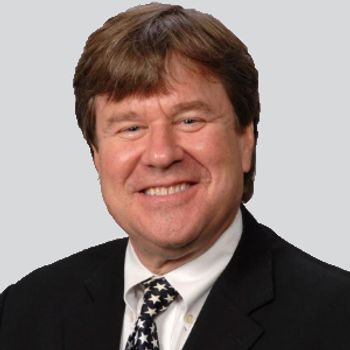
Recently published data showed that one-quarter of the smartphone videos were correctly diagnosed by 100% of the reviewing physicians.
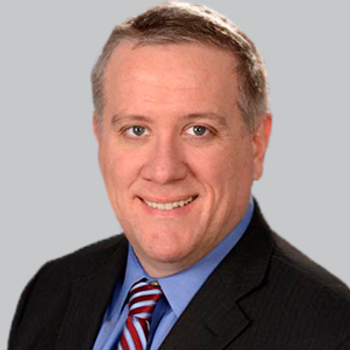
New Medicare data has suggested that those with undiagnosed obstructive sleep apnea have higher annual health care costs than their counterparts, with this high economic burden accompanying already impacted function and quality of life.

Mean arterial blood pressure may be a barometer for poor neurologic outcomes in patients with acute ischemic stroke who undergo endovascular therapy.
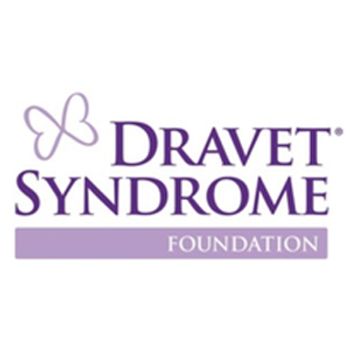
The new codes listed by the World Health Organization include changes to Dravet syndrome, status epilepticus, and epilepsy in infants.

The drug was previously indicated for the treatment of insomnia characterized by difficulties with sleep onset and/or sleep maintenance.

Dravet Syndrome Foundation is pleased to announce a new, live video education session on Thursday, February 13, 2020 at 2pm ET.

Interim analysis compared ataluren in a real-world setting from the STRIDE registry with a matched cohort; the final data from the STRIDE registry are expected in 2025.
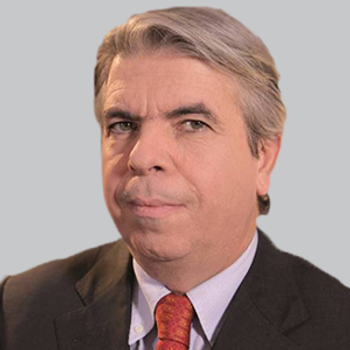
The software, developed by Qynapse, provides analysis of brain MRI markers in diseases such as Alzheimer disease, Parkinson disease, and multiple sclerosis.
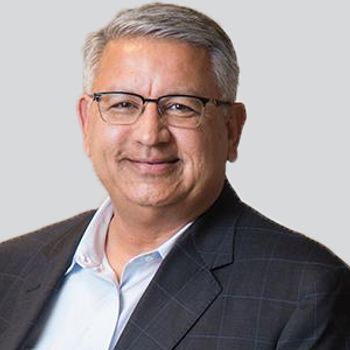
The FDA has approved the investigational new drug application for AV-101 for the treatment of dyskinesia in patients with Parkinson disease who are treated with levodopa.

Dravet Syndrome Foundation has announced that registration for this year's DSF Conference is now open.

This additional application, supported by data from the GWPCARE6 trial, seeks to expand the indication of cannabidiol to include seizures associated with tuberous sclerosis complex.
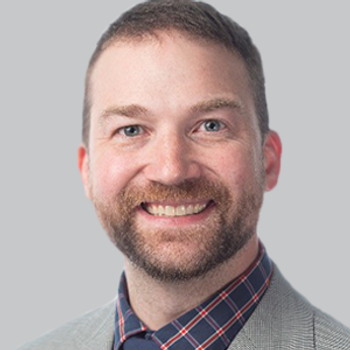
The lead author of a recent publication from the Memory and Aging Project discussed the data and what impact flavonol intake might have on the risk of developing Alzheimer disease dementia.

New data has suggested that although adherence rates for CPAP for patients with OSA are lower than ideal, the benefits patients receive from its use can still be significant.
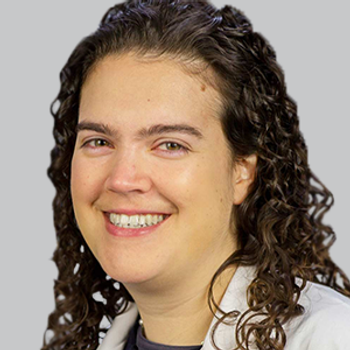
The director of headache services at NYU Langone discussed the 2019 American College of Emergency Physicians guidelines on acute nontraumatic headache in the emergency department.
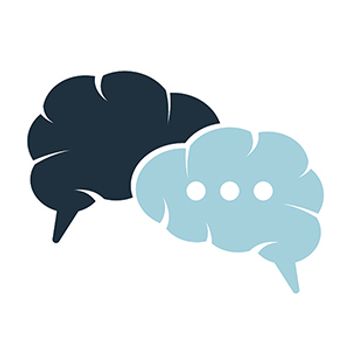
Join NeurologyLive and the Women Neurologists Group on Twitter to celebrate women in neurology on National Women Physicians Day.
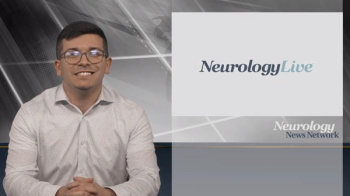
Neurology News Network for the week ending February 1, 2020.

Take 5 minutes to catch up on NeurologyLive's highlights from the week ending January 31, 2020.

The drug will be available in 50 mg and 100 mg oral tablets in pharmacies across the US in the coming days.
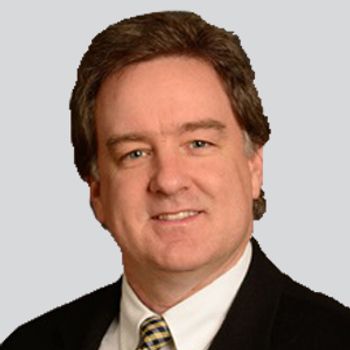
The previously approved therapy is now indicated for treatment in pediatric patients age 2 to 10.

Data from the Memory and Aging Project suggests that dietary intake of flavonols, a type of phytochemical often found in plant pigment, is significantly linked to a lower risk of Alzheimer disease dementia.

Page B. Pennell, MD, president of the American Epilepsy Society, shared her thoughts on the epilepsy treatment landscape, managing women with epilepsy, and the need for multidisciplinary involvement and communication.
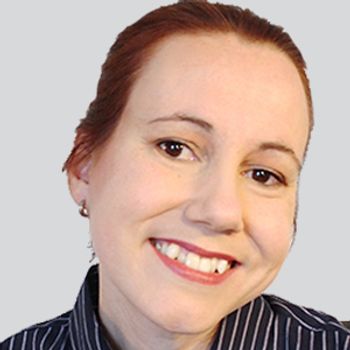
The unique CDKL5 deficiency disorder diagnostic code will be incorporated in the October 1, 2020 classification revision.